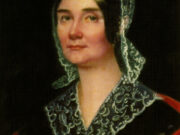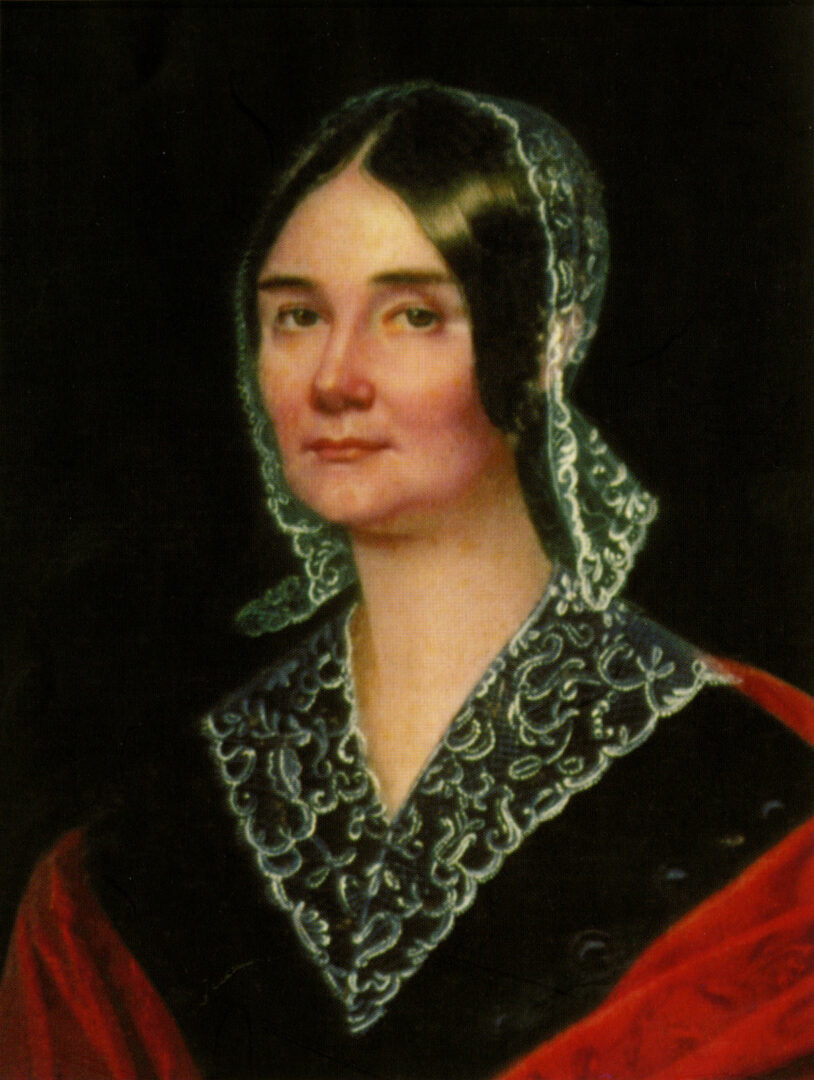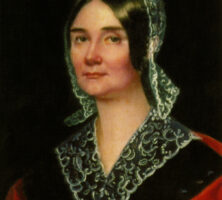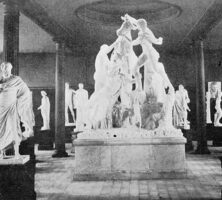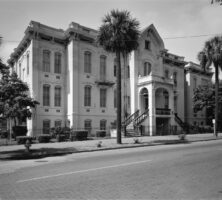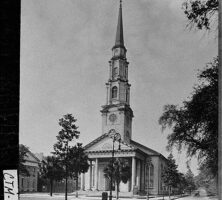A member of the distinguished Telfair family of Georgia, Mary Telfair is perhaps best remembered as the benefactor of Telfair Museums in Savannah. Upon her death, Telfair bequeathed her Regency-style home, located on Savannah’s St. James Square (renamed Telfair Square in 1883), and the books, furniture, and works of art located therein to the Georgia Historical Society. The society opened the house, built by architect William Jay, to the public in 1886, making Telfair the oldest public art museum in the South. A portrait of Telfair by Carl Brandt hangs in the museum’s rotunda.
Mary Telfair was born on January 28, 1791, in Augusta, then the capital of Georgia, while her father, Edward Telfair, was serving as governor. Her mother, Sarah Gibbons, was a member of one of the wealthiest and most prominent families in the South. Telfair attended private schools, in New York and at Newark Academy in New Jersey.
From her earliest years, Telfair had a burning curiosity and delighted in new experiences. She was a woman of keen intellect, and her intellectualism was closely linked to her independence of spirit. Telfair loved books and was particularly interested in poetry. She also read widely across other genres, including fiction, biographies, memoirs, and collections of letters.
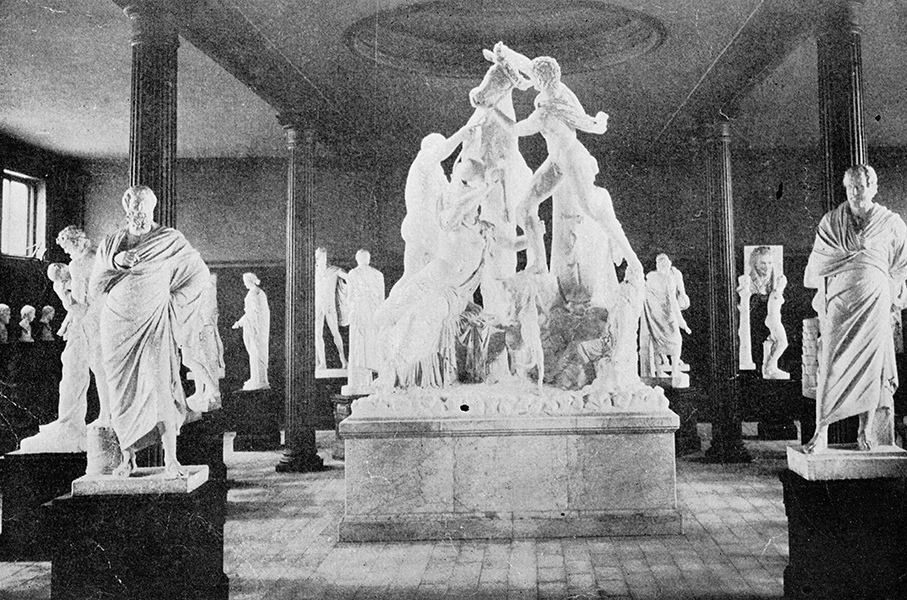
Courtesy of Georgia Archives.
In the nineteenth century, the expectation that a woman be an informed, vivacious conversationalist did not extend to knowledge of political issues. Yet Telfair formulated strong opinions on world and national affairs and openly expressed her convictions. She once debated with James Moore Wayne, a U.S. Supreme Court justice, the merits of renewing the national bank charter. Her views on the subject were perhaps influenced by her friendship with Nicholas Biddle, the president of the Bank of the United States from 1823 to 1836. Although she stood only five feet tall, Telfair was a formidable woman. When her last surviving brother died in 1832, she and her sisters took over the supervision of the family’s plantations, which were land holdings of considerable importance.
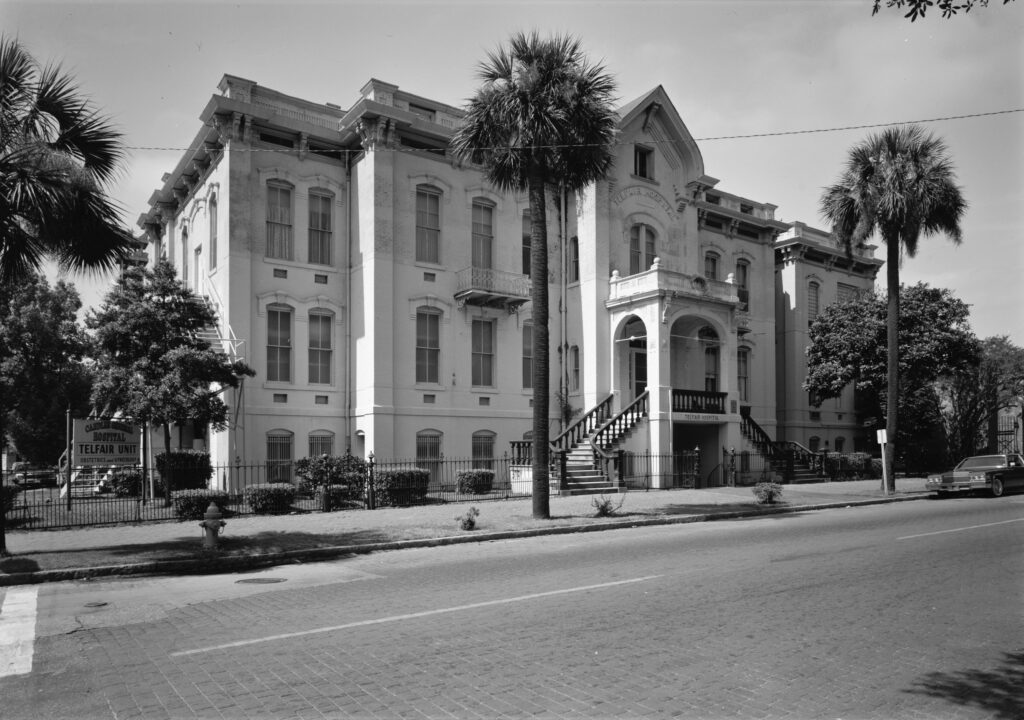
Courtesy of Library of Congress, Prints and Photographs Division
Telfair never married. With her inherited wealth, marriage was not an economic necessity for her, as it was for most women of her time. She had the reputation of being proud and haughty and in her later years was noted for her “peculiar exclusiveness.” She could be openly critical of other women and had no use for the fashionable “southern belle.” Yet she was a woman of great personal charm and was devoted to her brothers Josiah, Thomas, and Alexander and her sisters Sarah and Margaret. Hers was a mind of deep sensitivity that revered beauty and truth and abhorred pretension and show, as well as greed and insincerity. Telfair was frequently ill in an age plagued by illness. A member of the Independent Presbyterian Church in Savannah, she found comfort in her strong Christian beliefs and managed to cope with adversity.
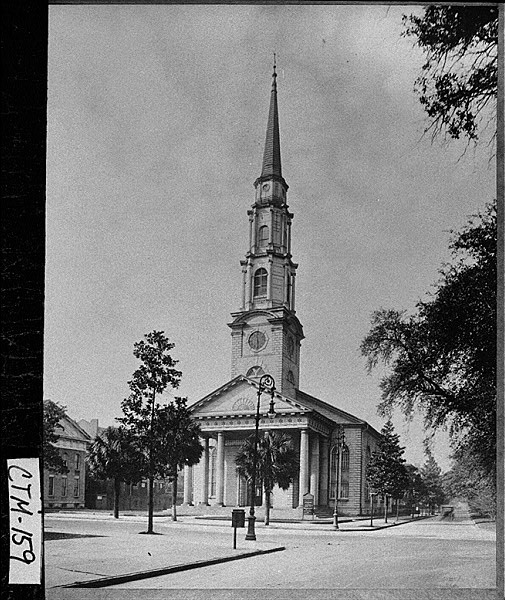
Courtesy of Georgia Archives.
Telfair found cultural and intellectual enrichment through her travels abroad. She made four trips to Europe, the first in 1841. While there, she found inspiration in visiting those hallowed places where the great events of history had occurred. She had a deep appreciation for the visual arts and saw some of the world’s greatest paintings in France, Italy, and the Netherlands.
Telfair witnessed the occupation of Savannah by Union general William T. Sherman’s troops during their March to the Sea in 1864. She died on June 2, 1875, at the age of eighty-four.


